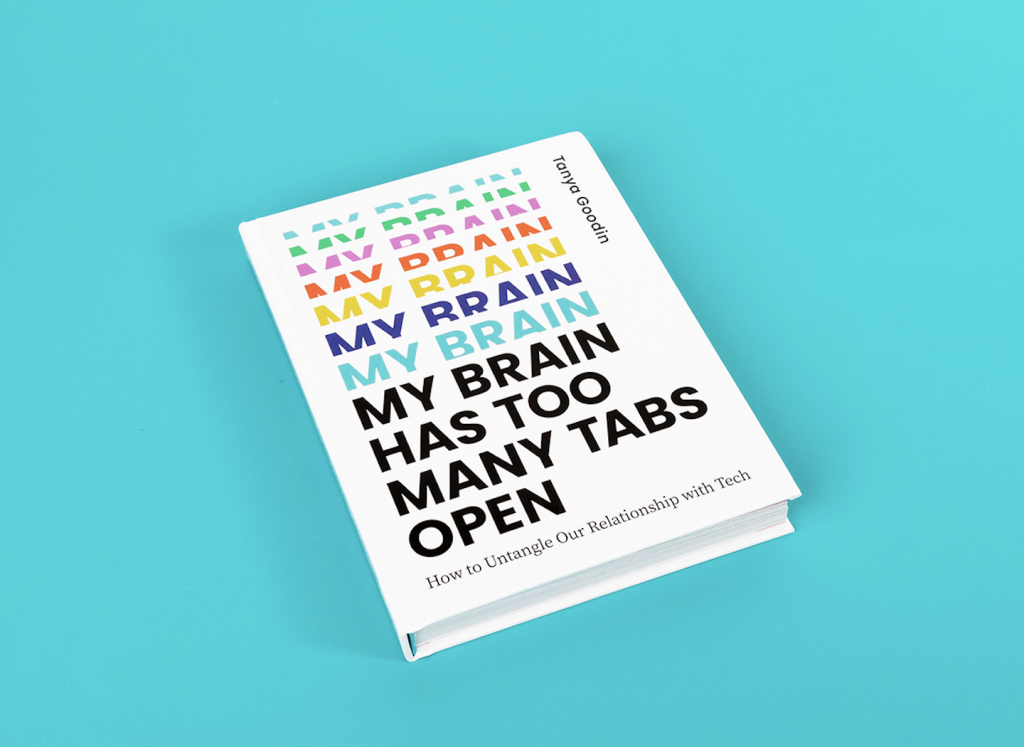The Second Reading of the UK Online Safety Bill is taking place in Parliament today.
MPs are debating the Bill which requires companies who host content produced by users, or allow users to communicate with each other, to improve the way they are protected while using their services. These include;
- social media platforms
- forums and messaging apps, some online games, cloud storage and the most popular pornography sites
- search engines.
Ofcom will have the power to fine companies failing to comply with the new laws up to £18m or 10% of their global annual turnover (whichever is higher) or apply to have sites blocked in the UK.
Changes since the draft Online Safety Bill
Since the draft Bill was published, there have been several changes to strengthen and refine the legislation. These include;
- A new duty for platforms to minimise the likelihood of fraudulent ads being published. This will make it harder for fraudsters to advertise scams online, and if companies fail to take action to prevent them they could face penalties.
- Measures added to tackle trolling by requiring platforms to ensure adults are given the option to verify their identity, as well as giving users tools to have more control over the content that they see and who they interact with. This includes giving adults the option not to interact with any users who are anonymous, if they choose.
- The introduction of new ‘harms-based’, false and ‘threatening communications’ offences these new offences will cover behaviour such as sending unsolicited nude photos and sending flashing images to epilepsy sufferers.
- A requirement that all platforms that publish or display pornographic content prevent children from accessing it.
Protection for adults and children
The Online Safety Bill includes provisions for both adults as well as children.
Protecting adults
All platforms will need to tackle illegal material on their sites. If found, it will be easy to report it to the company, who will have to act quickly and take it down.
Companies will need to make clear in their terms of service what legal content is acceptable on their sites, and provide user-friendly ways to complain when things go wrong.
Adults will have more control over who they interact with online, and the types of harmful content that they can see. This could, for example, mean that on a platform which allows self-harm content, individuals who feel that this content would be damaging to their mental health could choose not to be presented with it.

Protecting children
The Bill will mean that all companies must assess risks and take action to tackle illegal activity that threatens the safety of children.
In addition, platforms likely to be accessed by children will need to:
- prevent access to material that is harmful for children, such as pornography.
- ensure there are strong protections from activity which is harmful to children, including harms such as bullying.
If a child does encounter harmful content or activity, parents and children will be able to report it easily.
Platforms will also have a duty to report any child sexual exploitation and abuse content that they encounter to the National Crime Agency.
Tackling misinformation and disinformation
The Bill will require platforms to have measures to deal with harms that could cause significant physical or psychological harm to adults and children, such as misinformation and disinformation about vaccines. This means:
- all companies will need to remove illegal disinformation
- services accessed by children will need to protect underage users from harmful disinformation
- services will be required to set out clear policies on harmful disinformation accessed by adults
Still a long wait
The Online Safety Bill still has a long way to go before it is enacted into law and is the culmination of a process that started back in 2017. The Bill follows the Online Harms White Paper, published in April 2019 with the White Paper itself the result of the Internet Safety Strategy Green Paper, published in October 2017.

For more about keeping safe online, dealing with trolling, disinformation and a manifesto for good digital citizenship – pick up a copy of my new book.
